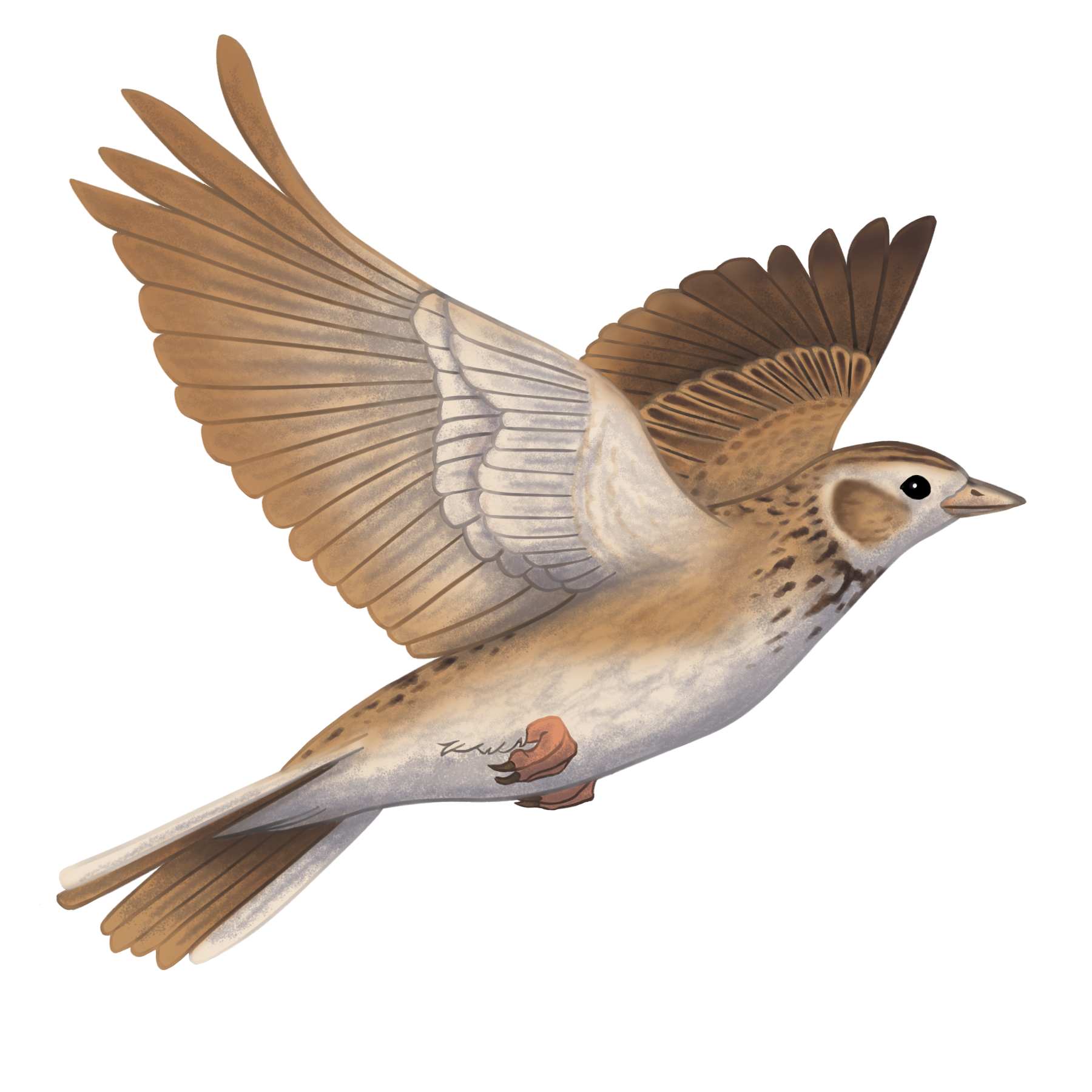Ambleside Schools
Ambleside Concho Valley is a member school of Ambleside Schools International.
Ambleside Schools
Ambleside Concho Valley is a member school of Ambleside Schools International.
I think that we have arrived at such a body of theory, tested and corrected by some thirty years of successful practice with thousands of children.
— CHARLOTTE M. MASON —
I think that we have arrived at such a body of theory, tested and corrected by some thirty years of successful practice with thousands of children.
CHARLOTTE M. MASON

Learn more about Ambleside Schools.
Ambleside Concho Valley is a member of Ambleside Schools International, a growing network committed to developing Christ-centered schools around the world using Charlotte Mason’s philosophy and pedagogy.
Ambleside Member Schools share a commitment to respect the person-hood of children as creatures created in the image of God and to offer an environment in which care and love for children is the primary concern.
All Ambleside schools share a common curriculum which is annually reviewed and revised with input from each member school. Every Ambleside teacher receives initial training in the method through Ambleside Schools International, and then ongoing training at his or her home school.
Mission
Ambleside Schools International inspires, trains and equips a global community of member schools and educators to provide and propagate a living education as described by Charlotte Mason for the global reformation of Christian education in the 21st century.
The Ambleside Method is based on the thought and practice of British author, philosopher, and educator Charlotte Mason (1842-1923). Mason recorded her thought in six volumes, but distilled its essence into these foundational principles…
- Children are born persons—neither good nor bad, but with possibilities for good and for evil.
. - Principles of authority and obedience are natural, necessary, and fundamental, but they are limited by the respect due the person-hood of children.
. - This person-hood must not be encroached upon, whether by the direct use of fear, love, suggestion, or influence, or by playing on a child’s natural desire.
. - Teachers, thus, are limited to three educational tools: atmosphere and environment; the discipline of habit; and the presentation of living ideas.
. - Education is an atmosphere does not mean bringing the world to a child’s level. It means considering the educational value of his atmosphere—both the persons and the things in it.
. - Education is a discipline means developing the discipline of habits of mind and body, formed definitely and thoughtfully. The brain is shaped by habits.
. - Education is a life means that children need intellectual and moral—as well as physical—nutrition. The mind feeds on ideas; thus children need a generous curriculum.
. - Education is the science of relations. A child relates to many things and thoughts; thus we train him in physical exercise, nature lore, handicrafts, science, art, and many living books. He requires much, varied knowledge that piques his curiosity.
. - Children are taught, when they can understand, that their chief responsibility as persons is to accept or reject ideas. To help them choose, we give principles of conduct, and offer a wide range of knowledge. These principles should help children avoid some of the loose thinking and heedless action that cause us to live at a lower level than we need.
. - We allow no separation between the intellectual and spiritual life of children. Rather, we teach them that the Divine Spirit has access to their spirits, and is their continual Helper in all interests, duties, and joys of life.

Ambleside Concho Valley is
Ambleside Concho Valley is a member of Ambleside Schools International, a growing network committed to developing Christ-centered schools around the world using Charlotte Mason’s philosophy and pedagogy.
Ambleside Member Schools share a commitment to respect the personhood of children as creatures created in the image of God and to offer an environment in which care and love for children is the primary concern.
All Ambleside schools share a common curriculum which is annually reviewed and revised with input from each member school. Every Ambleside teacher receives initial training in the method through Ambleside Schools International, and then ongoing training at his or her home school.
Mission
Ambleside Schools International inspires, trains and equips a global community of member schools and educators to provide and propagate a living education as described by Charlotte Mason for the global reformation of Christian education in the 21st century.
The Ambleside Method is based on the thought and practice of English author, philosopher, and educator Charlotte Mason (1842-1923). Mason recorded her thought in six volumes, but distilled its essence into these foundational principles…
- Children are born persons—neither good nor bad, but with possibilities for good and for evil.
. - Principles of authority and obedience are natural, necessary, and fundamental, but they are limited by the respect due the personhood of children.
. - This personhood must not be encroached upon, whether by the direct use of fear, love, suggestion, or influence, or by playing on a child’s natural desire.
. - Teachers, thus, are limited to three educational tools: atmosphere and environment; the discipline of habit; and the presentation of living ideas.
. - Education is an atmosphere does not mean bringing the world to a child’s level. It means considering the educational value of his atmosphere—both the persons and the things in it.
. - Education is a discipline means developing the discipline of habits of mind and body, formed definitely and thoughtfully. The brain is shaped by habits.
. - Education is a life means that children need intellectual and moral—as well as physical—nutrition. The mind feeds on ideas; thus children need a generous curriculum.
. - Education is the science of relations. A child relates to many things and thoughts; thus we train him in physical exercise, nature lore, handicrafts, science, art, and many living books. He requires much, varied knowledge that piques his curiosity.
. - Children are taught, when they can understand, that their chief responsibility as persons is to accept or reject ideas. To help them choose, we give principles of conduct, and offer a wide range of knowledge. These principles should help children avoid some of the loose thinking and heedless action that cause us to live at a lower level than we need.
. - We allow no separation between the intellectual and spiritual life of children. Rather, we teach them that the Divine Spirit has access to their spirits, and is their continual Helper in all interests, duties, and joys of life.
Learn more about Ambleside Schools.
